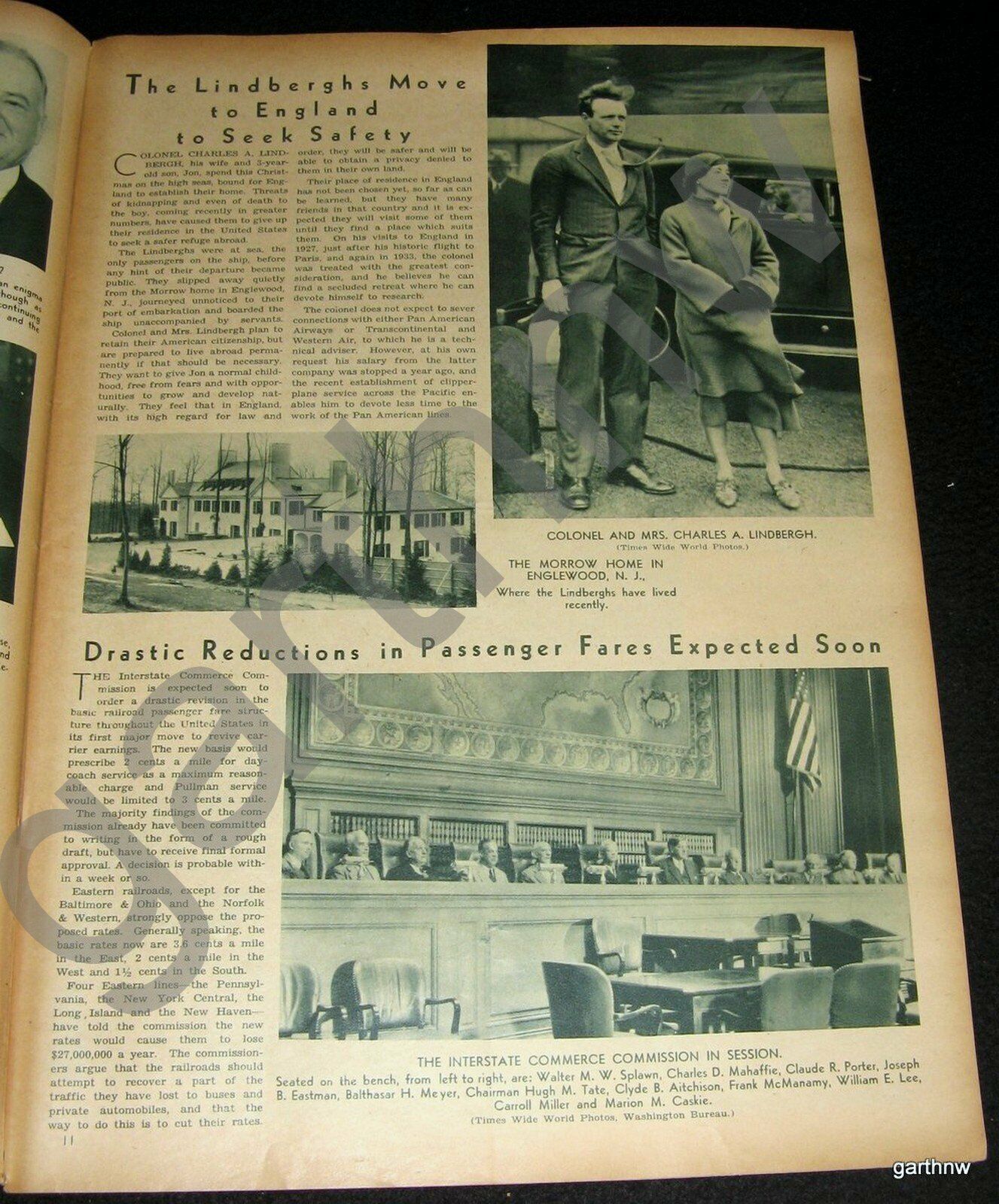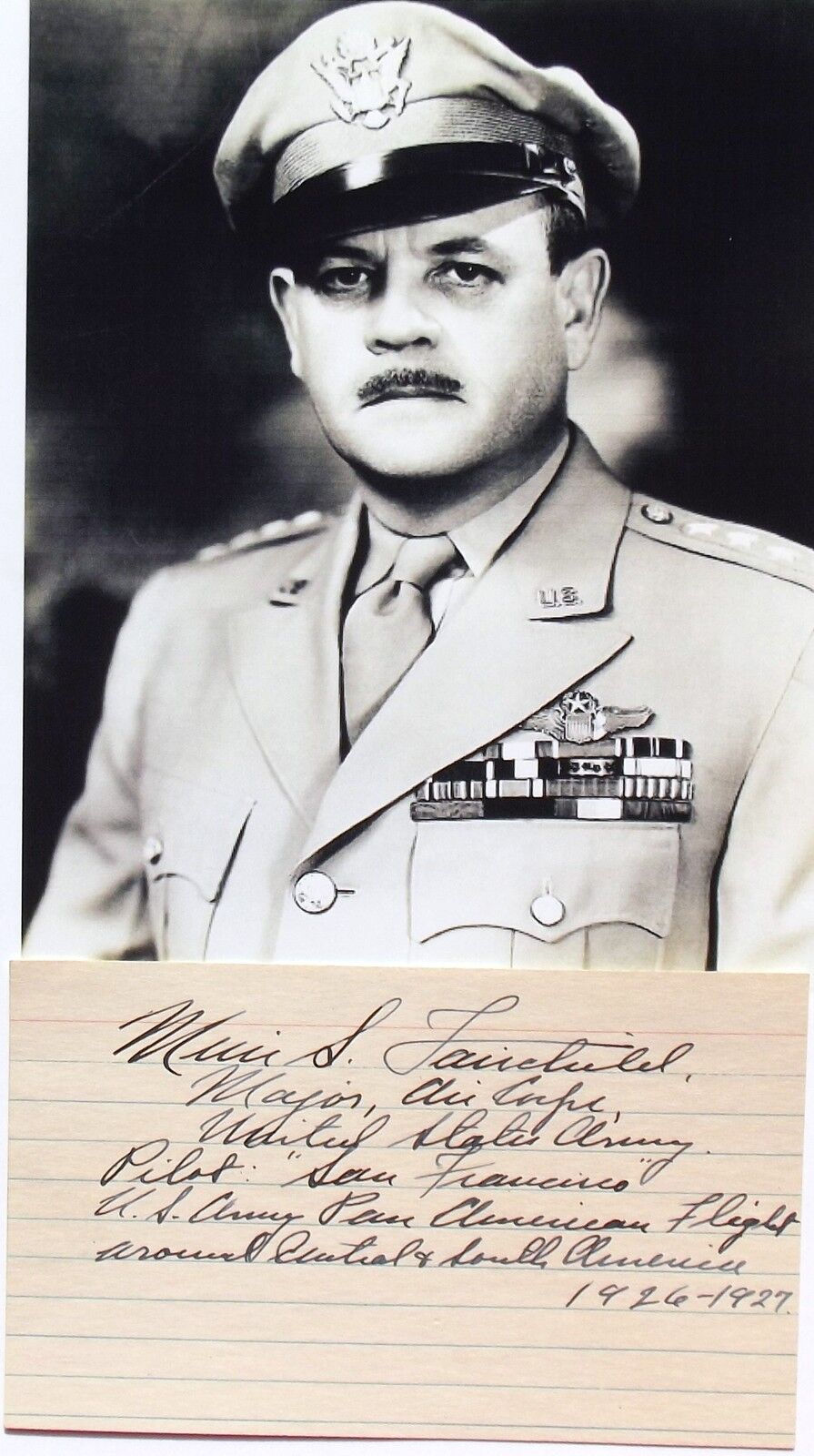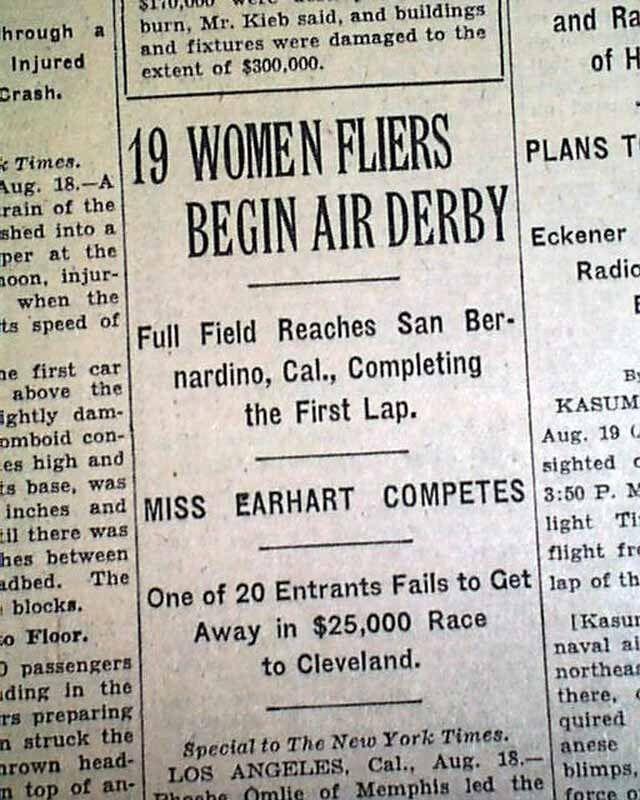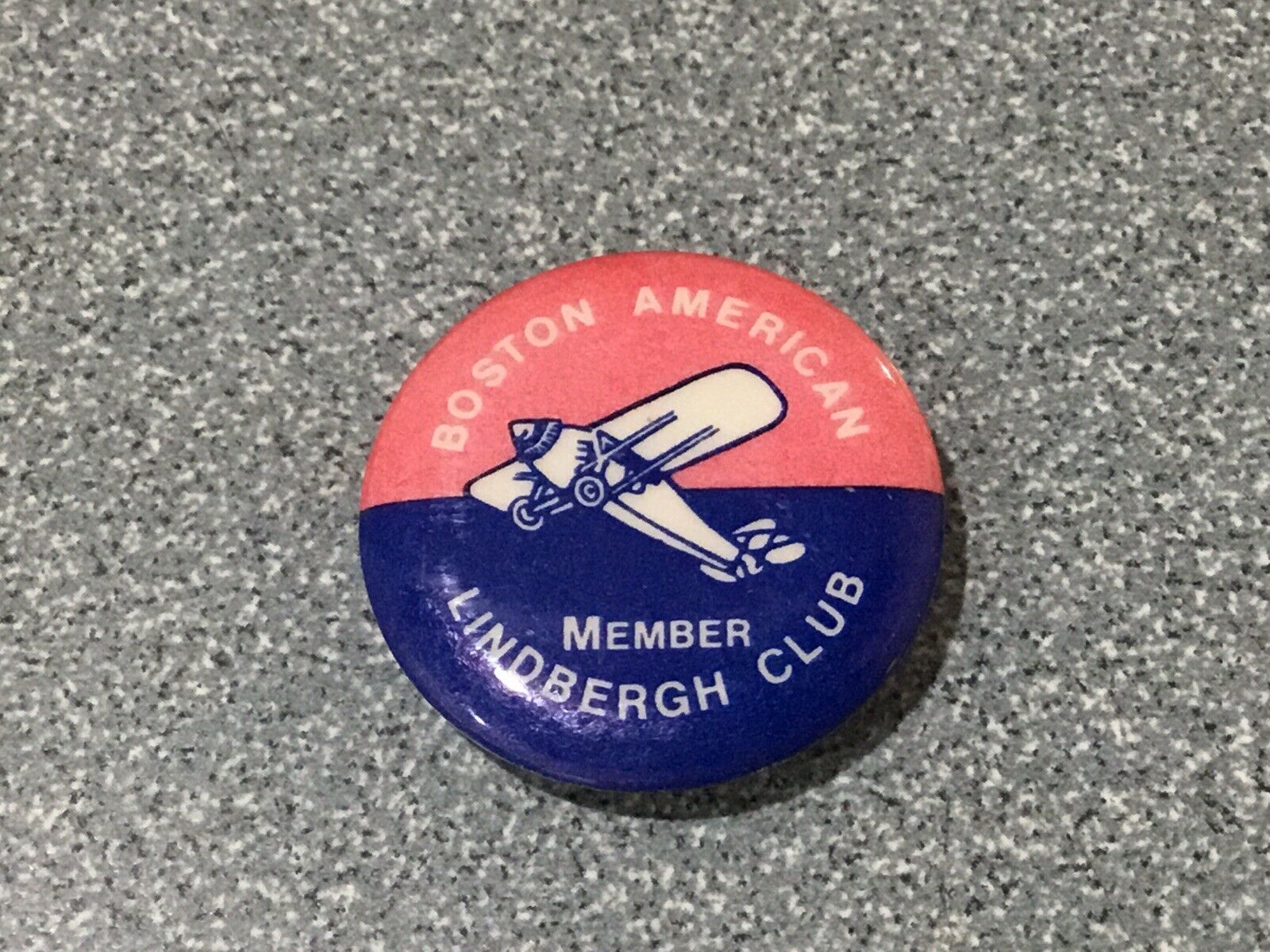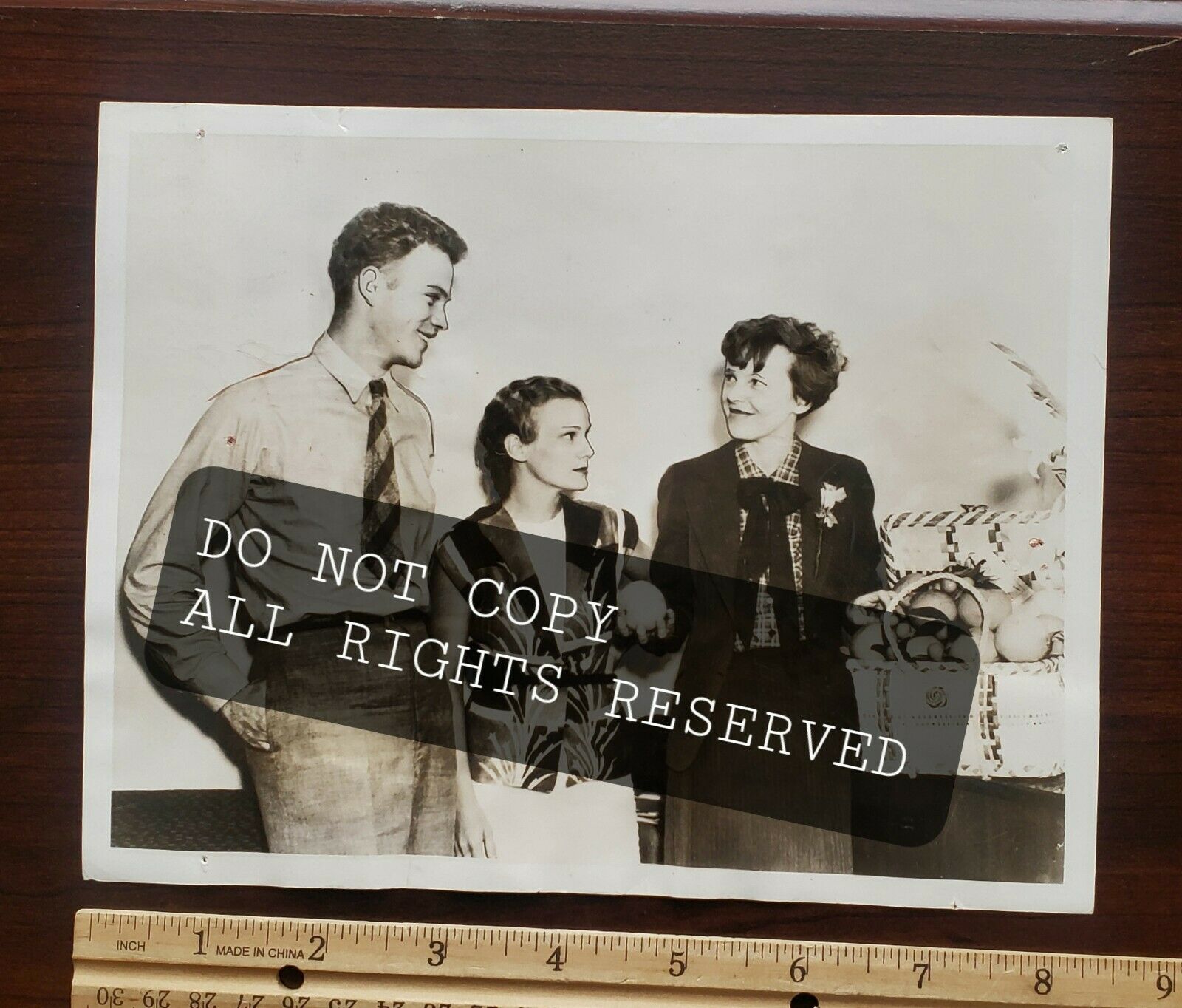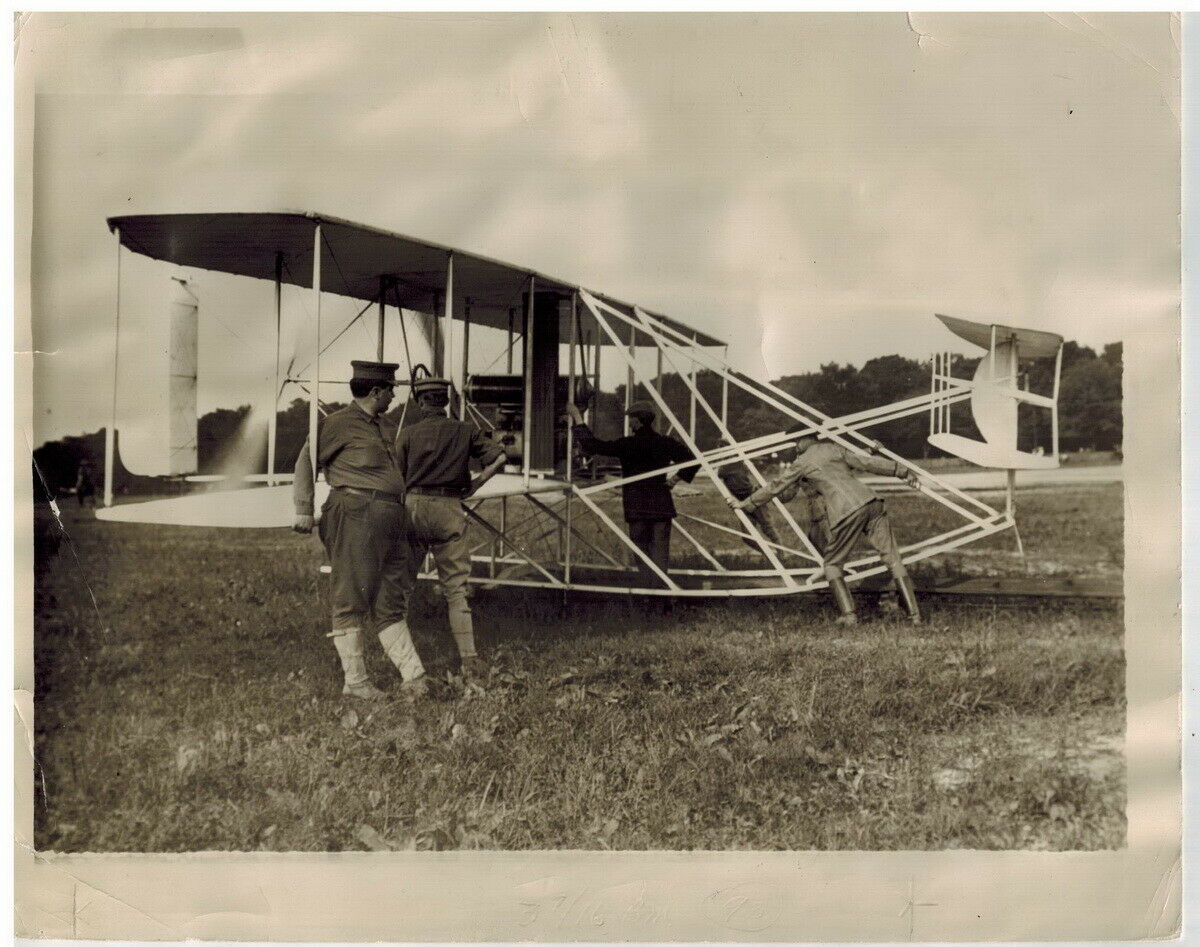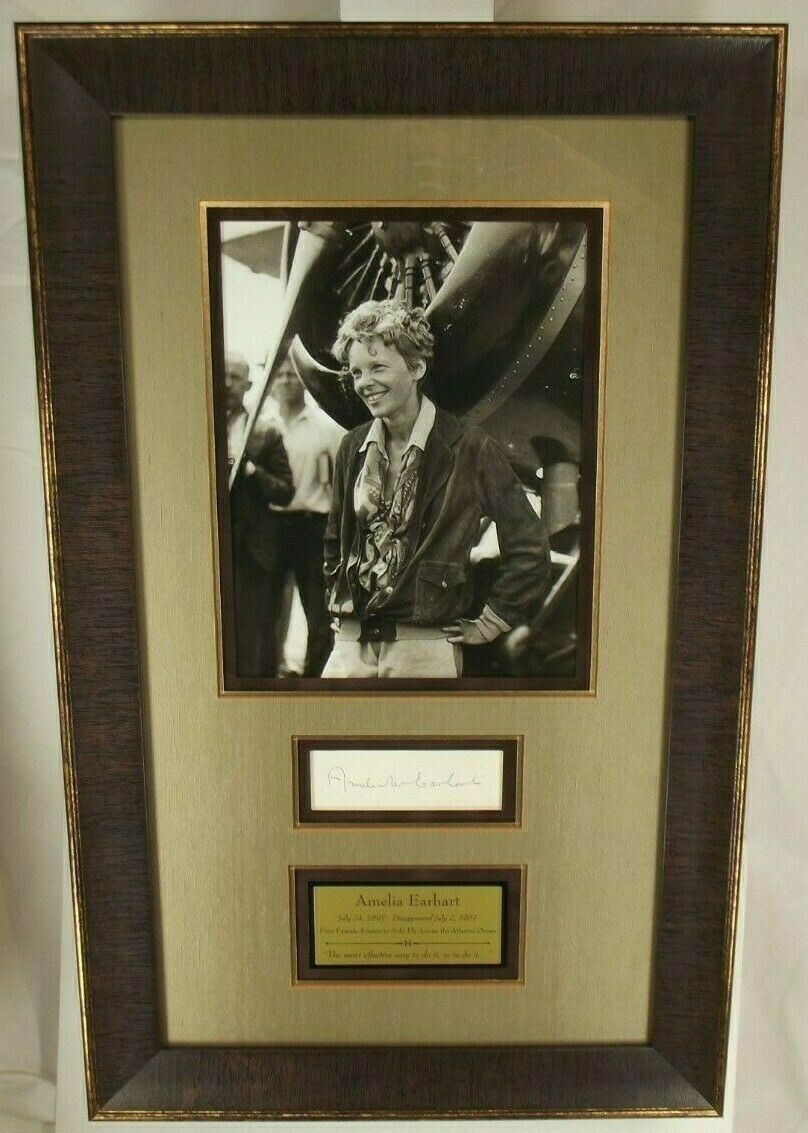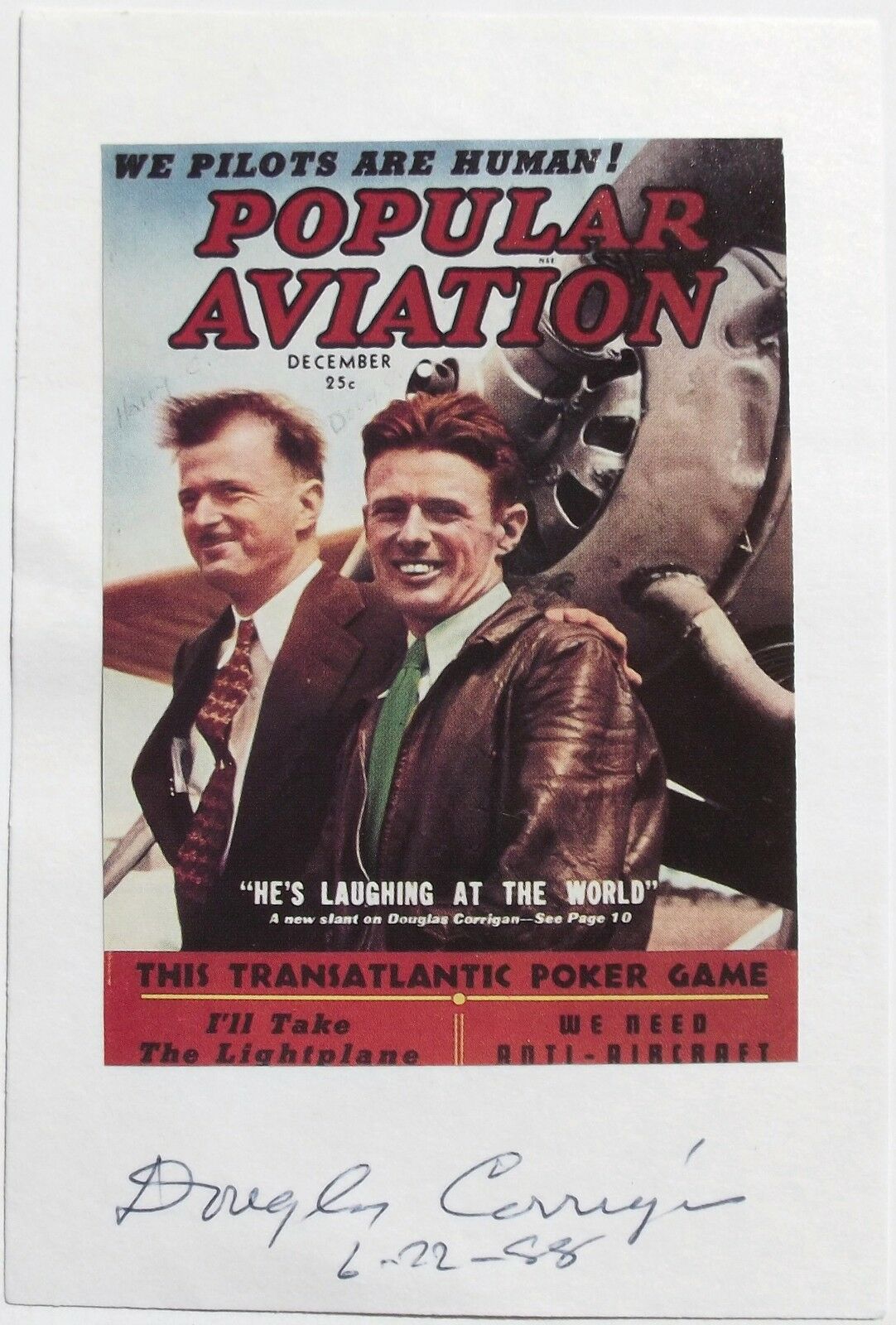-40%
Edward DeChenne Airplane Crash Joplin Missouri Wright brothers Era Photograph
$ 264
- Description
- Size Guide
Description
Edward DeChenne Airplane Original Albumen PhotographThis is an original photograph of the wrecked DeChenne Airplane. Image is 6.1 by 8.1 inches. Overall 8 by 9.75 inches. The image has some wear, spotting, and dirt conductive with its age. The image is a period albumen mounted on cardstock.
Here is an article from the Joplin Globe written by Bill Caldwell telling the history of the plane:
“Recently, I wrote about how Orville Wright inspired Bob Cummings' fascination with airplanes and the aviation business. But Cummings was not the first in Southwest Missouri to catch the aviation bug.
A Joplin man, Edward DeChenne, was inspired to construct his own airplane. DeChenne, often referred to in news accounts as a "French mechanic," had moved by 1905 to Southwest Missouri from Illinois. He married a Carthage woman, Mable Melton. He worked as a blacksmith and machinist. At that time, mines hired men who doubled as blacksmiths caring for horses and mules as well as machinists who maintained and repaired mill equipment.
DeChenne moved to Joplin in 1910. He became acquainted with two Monett businessmen, Ulysses S. Barnsley and Judge Ludwell B. Durnil. Barnsley operated the Barnsley Brothers Cutlery Co. specializing in knives, while Durnil operated a dry-goods store but had worked as a young man as a blacksmith. The Monett men backed DeChenne as he followed his vision of building an all-aluminum engine and framework for a plane.
By 1911, he was ready for test flights of the plane. He engaged Edward Wilson, a former trapeze artist, to pilot the plane — even though Wilson had not flown before. The Globe account reported Wilson was hired because "of his possession of unlimited 'nerve.'" On March 8, 1911, the initial flight was a qualified success.
The plane's wings were 30 feet from tip to tip. The wings were an all-aluminum framework covered with "real aeroplane cloth." The plane had a 50-horsepower aluminum pusher engine that weighed 200 pounds. The whole plane weighed in at 600 pounds. The gas tank was placed below the pilot's seat.
From a field southeast of Electric Park, they set up the plane. Wilson's maiden flight made "poor progress," but on his second attempt, he "arose from the ground about 50 feet before he could regulate the levers." He tried to lower the plane from the "great height," but it dropped too quickly and hit the ground while going 40 mph. Wilson was thrown clear, and the plane wrecked, but the aluminum frame bent when it struck the ground, which kept Wilson from further injuries.
Said DeChenne that night, "I am perfectly satisfied that the machine was a success in every way. And if Wilson had not lost his head when he found himself up in the air, I feel confident that by tomorrow the fame of the aluminum aeroplane would have spread all over the world. I have been working on this machine for about nine months ... Sowers and I then built the engine that we used yesterday. It was made entirely of aluminum. In fact, the entire machine was aluminum except the canvas covering of the planes and the wood box for the engine."
By the end of the month, the Globe reported that DeChenne was ready for another try. This time, Wilson made several passes over the field in the afternoon. But winds arose that kept him on the ground for about an hour. When the wind died down, he again took the plane up. He made a number of passes over the field. He intended to make a rising spiral. But it tilted sharply, the "nose pointing upward at an angle of nearly 45 degrees. It was then between 75 and 100 feet above the earth."
The machine "suddenly balked and appeared determined to fall backward. Edward Wilson, an amateur aviator, brought quick wit into play and saved himself and the machine by a remarkable piece of aerial gymnastics. He shut off his engine, climbed from his seat onto the network of rods, wires and canvas that projects in front of the main body of the machine, and by thus altering the position of his weight tilted the forward part of the aeroplane downward so that it came to Earth right side up." Two wires in the tail had broken, causing the accident. While bruised, Wilson and the plane survived.
DeChenne took his plane back to Monett but hired a different pilot, Logan McKee, for a Fourth of July exhibition in Monett. McKee was entirely self-taught. According to one account, locals were skeptical of McKee's ability. But "McKee astounded them with the ease and agility of his flight."
McKee piloted the plane at multiple shows in Golden City, Missouri; Miami and Comanche, Oklahoma; as well as in towns in northern Missouri, Kansas and Texas through 1911. DeChenne took out ads boosting the engine this way:
"Do you want an aeroplane motor that is exactly what you want? Then try one at our expense. Not a dollar down. Not a word if you don't want it, and we pay transportation both ways. WE KNOW WE HAVE THE BEST MOTOR EVER BUILT in any country at any price for an aeroplane. We send a man anywhere in the United States to install the motor free. 50-horsepower motor, propeller, etc. complete, guaranteed to suit you or no sale, ,000."
However, aviation was rapidly changing. DeChenne did not receive orders for engines or planes. The Curtiss and Wright planes of the day were more agile and outperformed the Monett machine. In 1911, DeChenne moved to Miami, Oklahoma, where he set up the DeChenne Aeroplane Co. and made the first Oklahoma airplane. A DeChenne plane was used by a Miami filmmaker to advertise the town, but the company did not last.
DeChenne stayed in Miami working as a machinist. McKee became a Monett pharmacist and drugstore owner. Durnil owned a dry-goods store in Monett, and Barnsley moved to Sherman, Arkansas, working as a realtor and salesman for a sawmill. While it didn't become a business, the men were able to pursue their dreams of flight.”










